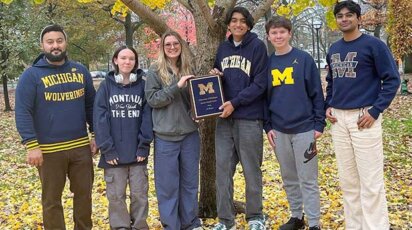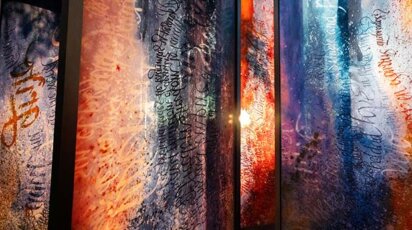News
Middle School’s Grades 7 & 8 Play Goes Virtual
Poly’s Performing Arts Department did a stellar job in presenting two Upper School plays virtually this fall and now it is time for the Middle School actors to shine.
On January 29, Poly Arts presents the Grades 7 and 8 play, Robert Fulghum’s All I Really Need to Know I Learned in Kindergarten, directed by Jill Bolstridge. Based on Fulghum’s best-selling books, the play is a comedy/drama conceived and adapted by Ernest Julia. Each cast member plays multiple roles.
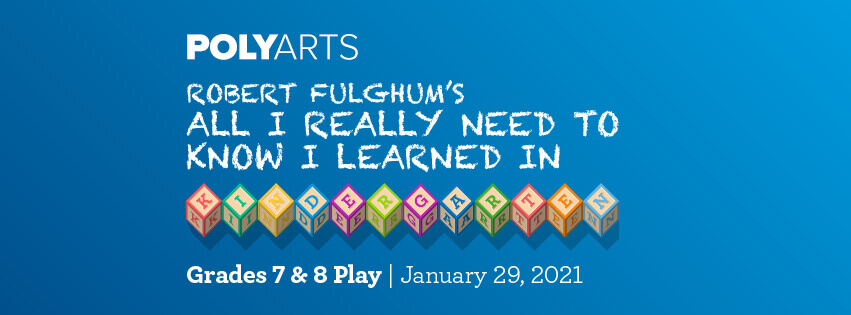
“Directing the Middle School via Zoom was a very new experience for everyone,” said Bolstridge, “myself included. In a lot of ways, it was more like directing a movie or a television show, and teaching an ‘acting for camera’ class, which is very, very different from live theatre.”
“Acting for the camera is all about nuance and subtlety,” said Bolstridge, “the camera is so close, it captures every little thing. So taking live theatre actors, who are trained to be ‘larger than life’ and asking them to ‘shrink,’ for all intents and purposes, can be very challenging.”
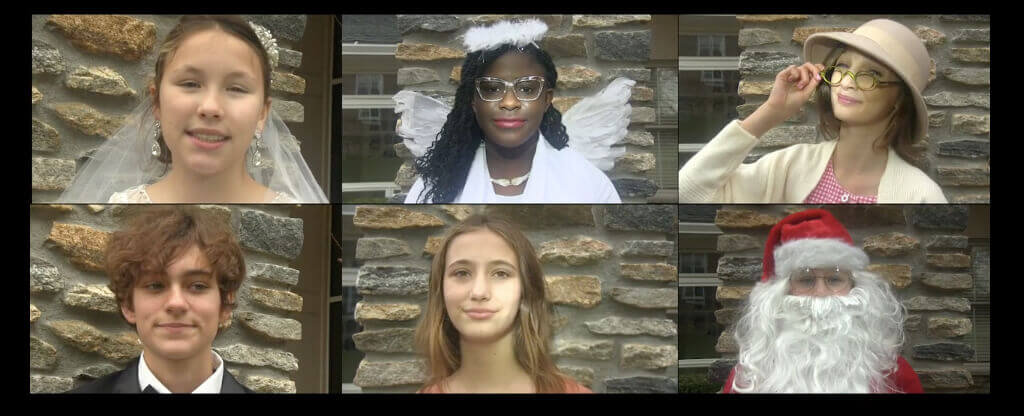
The Cast on Playing Multiple Roles
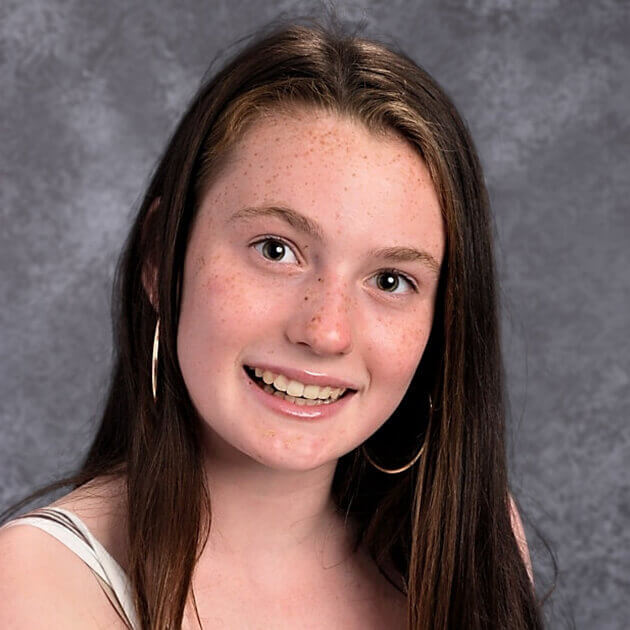
Drew W. ’25 said she played Jill, a mom in her mid-forties, a kindergartener and Cinderella in the kindergarten play, as well as Edna, an old lady “who tells a beautiful story about the meaning of her life.” This is not Drew’s first Poly show. “In sixth grade, I was in the ensemble of Charlie Brown the Musical, and last year I had the pleasure of playing the cook in Clue. I was also cast as Miss Honey in Matilda, which is the musical we were supposed to perform this year, but due to COVID, we are unable to.”
“My roles were a kindergartner, a teenager, a wedding guest, and an angel,” said Annakaecia C. ‘25 of her first Poly show.
“One of my favorite roles to play was the Grandma,” said Maggie C. ’26. “It was fun to act as someone much older than me!”
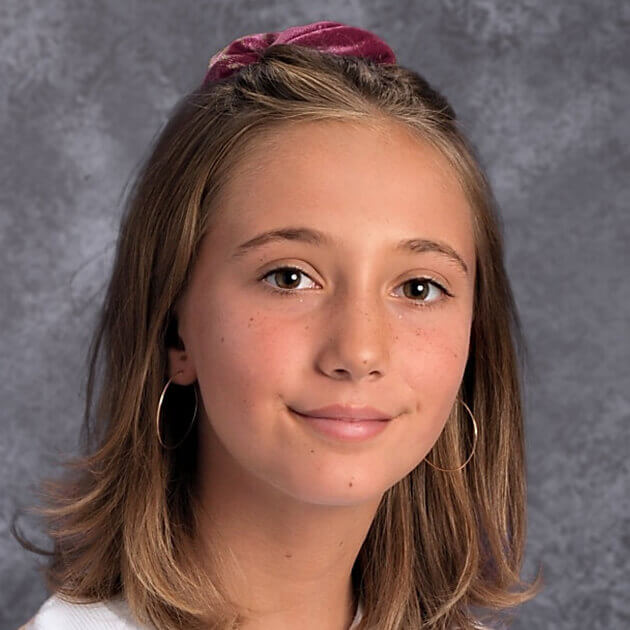
“This show is vignette,” explained Sadie S. ’25. “Some of my more prominent roles were the ‘Crazy Mother of a Bride,’ a wife, and the mother of a daughter growing up.”
A rebellious teenager, an old lady, a wedding guest, and the kindergarten teacher in the first scenes were among the roles played by Ryan G. ‘25.” This was her first acting role in a Poly show, but she worked on the costume crew for Clue.
A Different Kind of Rehearsal
“We rehearsed via Zoom, which is very different from our Poly theatre,” said Maggie C.
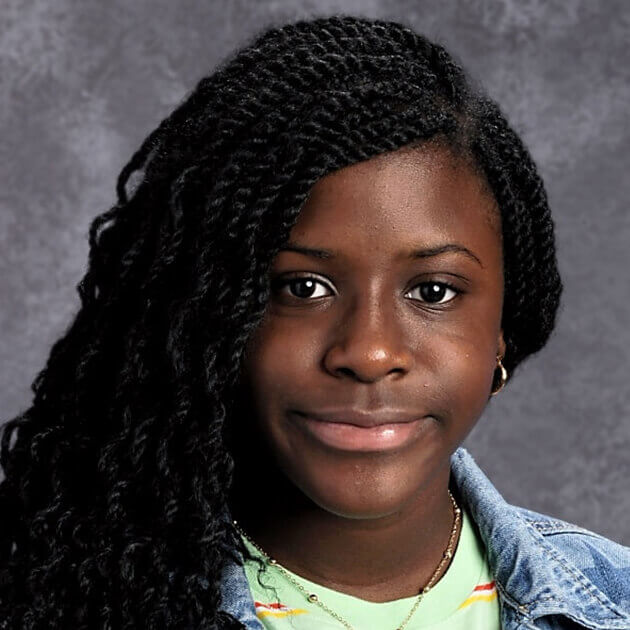
“Rehearsal was different in a few ways,” Annakaecia C. said. “For one, we couldn’t do actions with our full bodies, since the camera would only see the top half. Secondly, we rehearsed over Zoom, and sometimes there would be some internet issues or problems with audio. Besides that, I would say rehearsal was the same as an in-person rehearsal. We still ran through the lines, were given specific rehearsal days based on our roles, and practiced our lines in our free time.”
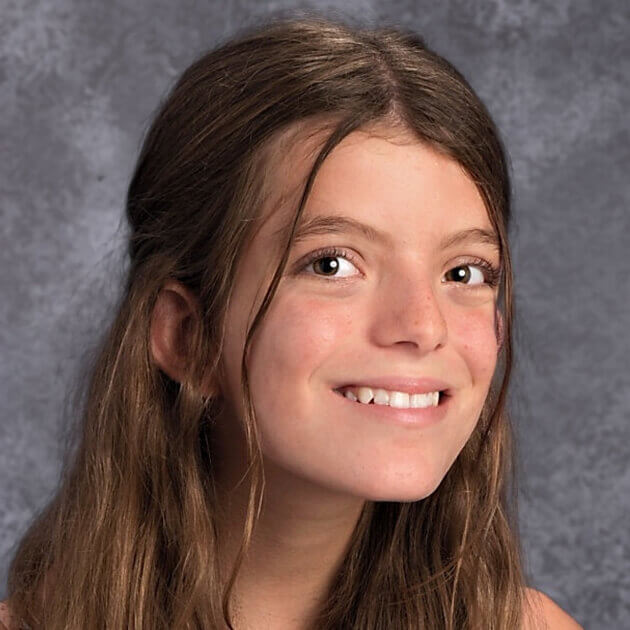
Sadie S. said, “It was very different because not only did we not get to spend as much time together as a cast with frequent rehearsals, we also didn’t have prominent days in rehearsal like tech week, fitting days, dress rehearsals and scene work, or at least in the way we had them before the pandemic.”

“We had one rehearsal where we were able to actually film some scenes outside at Poly on a Saturday,” said Drew W. “This was such a fun experience because I missed the fact that in a normal show we could have some bonding time with the members of the cast. It is so hard to actually get to know someone only from online experiences, but that day made me closer to many of the kids in the play.”
Filming the Show
Andrew Murdock served as Scenic Designer & Videographer for the Grades 7 and 8 play, as he did for the Upper School plays in the fall. But for the Middle School play, he said, “The processes were pretty different. Most of the filming was done remotely through Zoom, which made it a lot more like the Grades 9/10 show, Ghost Story. All of the setting up of lights and green screens at home was learned in that process and streamlined in this one. We did do some filming live on campus one Saturday, but that was more for extra video footage to accent scenes and have a few cut-aways. It proved to be great for morale and the students loved the chance to see each other in person.”
“Everyone did a fabulous job adapting to this new way of making theater.”
“Everyone did a fabulous job adapting to this new way of making theater,” said Murdock. “The students were excellent with lines and knew when to pause and continue forward when necessary. This made the editing easy. They also seemed to enjoy the process, which is the most important for me, especially when we were able to meet in person for the one day of shooting on campus.”
“Colder weather presented some issues,” said Murdock, “but we were thankful for mild temperatures when we did film outside. There was a learning curve to setting up the green screens and lights, but everyone was a pro by the end.”
“Filming the play was definitely unusual,” Annakaecia C. said. “For one, we couldn’t get help from our fellow cast members when fixing our makeup, hair, and costumes, and it was a little hard to be in a quiet place that would also accommodate having a green screen behind me at home.” She added, “There were some benefits to it. Memorizing lines was less stressful since the show wasn’t going to be live. Along with that, making a mistake was also less stressful, since we could just re-film those lines. Overall, filming rather than performing live had its advantages and disadvantages.”
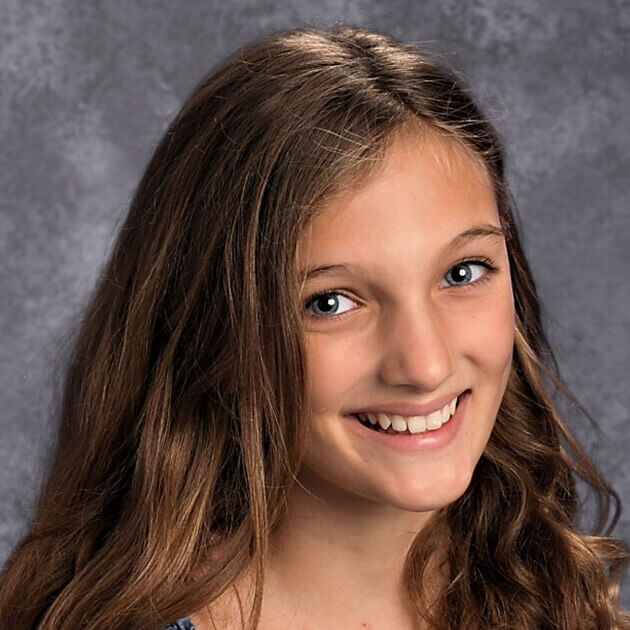
Maggie C. said, “There was this one time I was filming a monologue and my camera wouldn’t work, so I had to get a different computer and that computer was about to die. Let’s just say it was a stressful few minutes!” She added, “It’s also hard to film on Zoom because you don’t have the crowd laughing or clapping for you. When the crowd claps or laughs at something an actress says, it makes them more energetic and excited for their next line.”

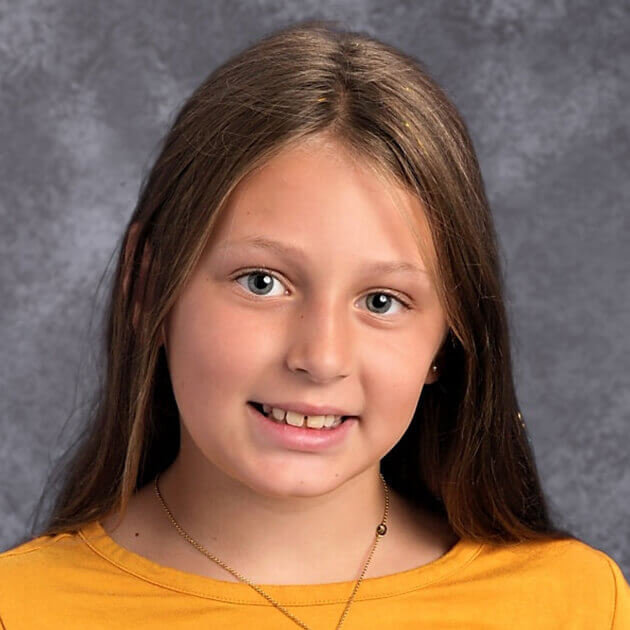
For me, the biggest change was the environment,” said Sadie S. “There wasn’t a big dressing room where we spent time, or the same kind of tech rehearsals where we would spend our Saturday with all of our friends bringing in food to rehearse.”
In her first Poly show, Dillon R.’s ‘26 main role was Fred. “We could do retakes if necessary,” Dillon said, “it wasn’t just one shot.”
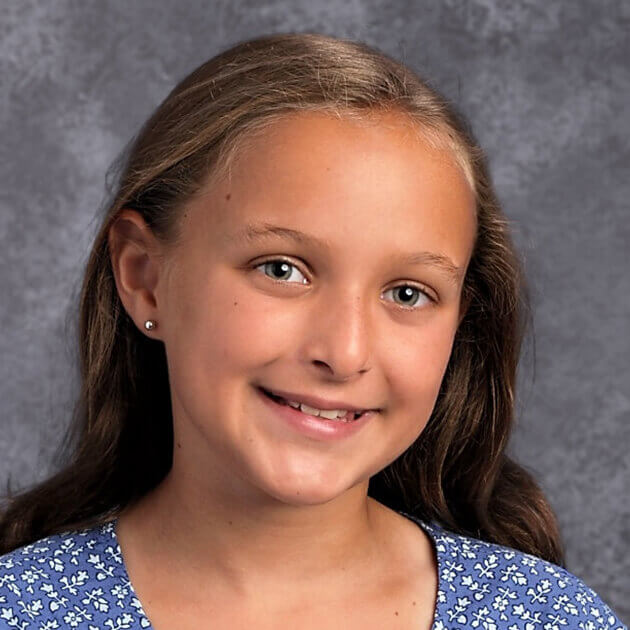
This was also Zoe P.’s ’26 first Poly show. “There were obviously WiFi issues and freezing issues, but we also had issues with setting up the green screens and some of us couldn’t put virtual backgrounds in.” All of the costumes and green screens were delivered to the actors’ homes. “We were lucky to have one day when we filmed in person on the Poly campus, but not on the stage. We had to get rapid-tested and still wear masks, but it was fun to bond with the cast.” “It was definitely a very strange and new experience for me,” added Drew W., “as I have never done anything like this before. It was really interesting and cool, though, to watch the show come together, especially on Zoom. It was different because I was so used to the fact that when I’m in an in-person play, most of the maintenance was already taken care of, such as building the sets and fitting the costumes. When you do a play on Zoom, you have to sort of figure those things out for yourself, without the help of an adult. I think doing these things on my own gave me a sense of independence, and self-determination.”
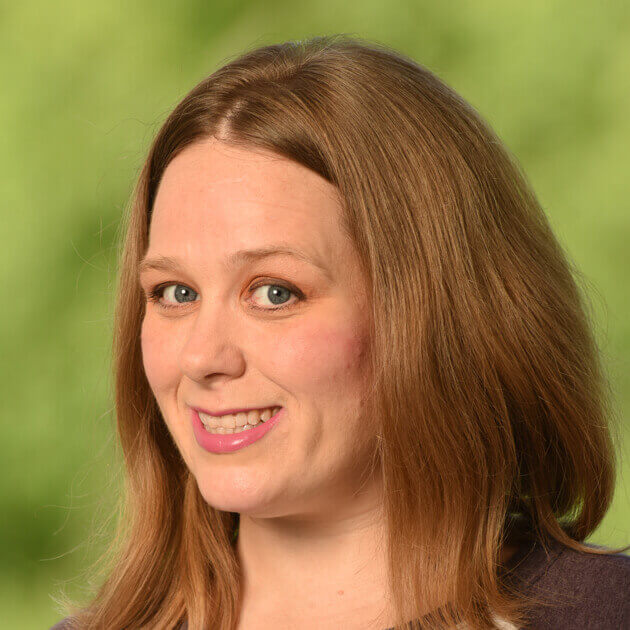
“My cast members were amazing,” said Bolstridge, “they loved the new challenges of ‘acting for the camera,’ and took this, not as a challenge, but rather, as an opportunity: an opportunity to expand and develop their craft. This is an exceptionally dedicated and passionate young group of thespians, and I am so proud of all that they accomplished throughout this process, and all that they learned.”

